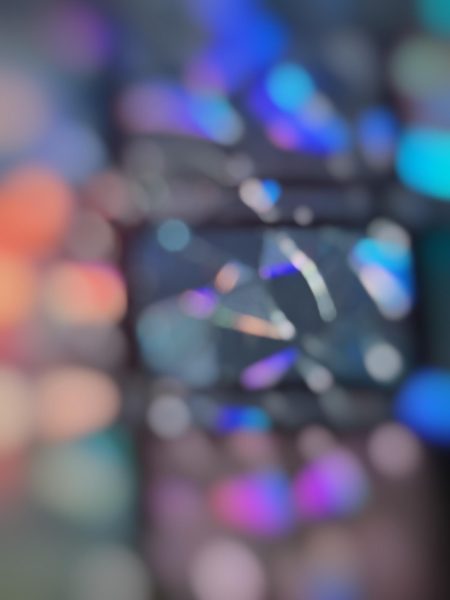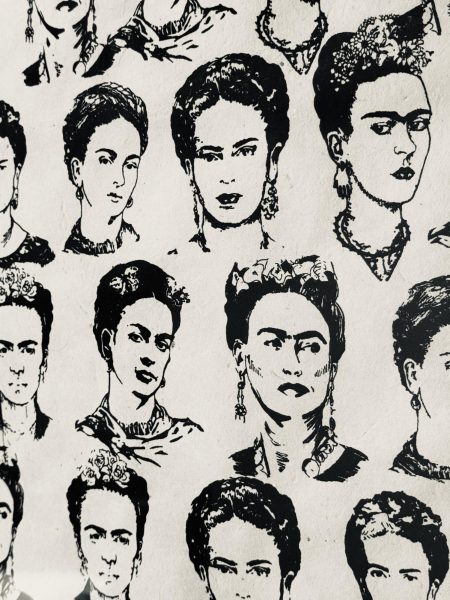New evaluation system for professors at UND
December 2, 2016
UND has transitioned to another method of evaluating professor performance known as the Student Evaluation of Learning and Feedback for Instructors.
SELFI will be replacing the USAT form, which was previously used to measure student performance at UND, although both will still be used this fall. Unlike the USAT form, the SELFI will be conducted online.
According to UND’s website, the SELFI evaluations will serve three purposes:
Faculty use information from course evaluations to improve their courses and teaching methods, and to determine whether course content is meeting the needs of their students
Deans and department chairs review course evaluation data to assess both their faculty, and the value of courses offered in their department.
University committees include course evaluation data as part of faculty reviews, to determine promotion and tenure.
The SELFI was used in pilot program this summer. This academic year is viewed as a transition year, with UND aiming for Fall of 2017 to complete the transtion.
SELFI will be replacing the USAT form, which was previously used to measure student performance at UND, although both will still be used this fall. Unlike the USAT form, the SELFI will be conducted online.
In 2014, the Student Evaluation of Teaching Implementation Committee, formed by University Senate, identified several issues with the USAT: non-normal distributions, a lack of multi-dimensionality, and evidence of repetitive/redundant questions. It went on to describe the USAT form as “poor or unsatisfactory.”
Following that initial report, another SETIC committee was formed to evaluate how to transition to a new system. This committee was composed of representatives from UND’s faculty, staff and student body. Blake Andert, current UND student body vice-president, served as the student’s representative on the committee.
“This is something I saw that could potentially be a big benefit on campus and a big benefit to the student body,” Andert said, who has been volunteering his time on the project for close to a year.
This committee issued their final report on the SELFI this fall. They conducted a series of focus groups throughout the fall of 2015 to get feedback on the new evaluation. Using this feedback, they generated another proposed version of the evaluation, which again was subject to feedback from focus groups and revision.
Andert said that the committee also reviewed methods used at similar institutions and attempted to tailor them to UND.
During the focus group process, the report noted that some faculty were concerned with how these evaluations, including the current USAT form, would be used.
“Interestingly, the value of its use was split, with some participants seeing how it can be used for summative and formative feedback, while others were concerned about how the university will use these forms and whether or not they will be used in a punitive manner,” the report said.
Andert noted that switching to an online process would allow for UND to more quickly and efficiently analyze the data from the survey.
The Student Evaluation of Educational Quality (SEEQ) questionnaire developed by Herbert Marsh in 1982, widely seen as one of the most valid methods for students to analyze teacher performance, served as the basis of the SELFI.
According to the SETIC report, “In terms of validity, SEEQ ratings significantly correlate with faculty evaluations of own teaching, student performance on exams, and trained external observers.” Several of the questions from this original questionnaire were changed throughout the committee’s process.
In the final report produced by SETIC, the committee members noted that several of the questions were dropped to reduce the number of the items on the evaluation or because the questions were too subjective.
The three open-ended questions at the conclusion of the USAT form will be retained in the new SELFI. Faculty are also able to add questions to the survey if they wish.
The full report from UND on the process the university took to develop the SELFI and other information regarding the evaluation can be found at http://und.edu/research/institutional-research/selfi/.
Sean Cleary is a copy editor for The Dakota Student. He can be reached at [email protected]











